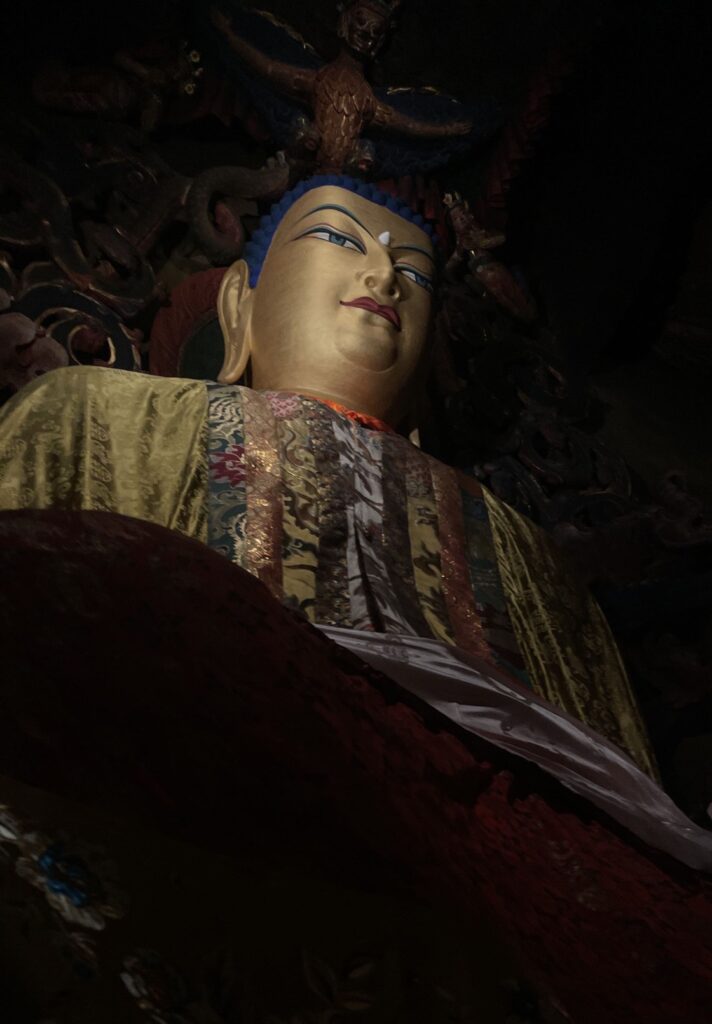+86-15889090408
[email protected]
Darthang Monastery, also known as Dargye Monastery, is a significant Tibetan Buddhist monastery located in the Tibet Autonomous Region. It belongs to the Gelugpa, or Yellow Hat, school of Tibetan Buddhism, which was founded by the renowned scholar and monk Je Tsongkhapa in the 14th century.

Founded in the 16th century, Darthang Monastery has a rich history and has been an important center for religious study, meditation, and the preservation of Tibetan Buddhist culture. It is known for its extensive library of Buddhist texts, which includes many rare and ancient manuscripts. These texts are invaluable for the study of Tibetan Buddhism and its history, philosophy, and practices.
The monastery complex typically features traditional Tibetan architecture, with beautifully decorated prayer halls, intricate murals, and statues of Buddhas and bodhisattvas. These artistic elements are not just decorative but also serve as aids for meditation and teaching tools for conveying the teachings of Buddhism.
Darthang Monastery has historically played a crucial role in the education and training of monks. It is known for its rigorous academic approach and its emphasis on the study of Buddhist philosophy, metaphysics, and ethics. The monastery has produced many eminent scholars and practitioners who have contributed significantly to the spread and development of Tibetan Buddhism.

Throughout its history, the monastery has faced various challenges, including political upheavals and natural disasters, but it has continued to be a beacon of Tibetan culture and spirituality. Today, it remains an active center for religious practice and education, attracting monks, scholars, and lay practitioners who seek to study and practice Tibetan Buddhism.
Additionally, Darthang Monastery is an important pilgrimage site for Buddhists and a point of interest for tourists. Visitors are drawn to its spiritual atmosphere, rich history, and the opportunity to witness traditional Tibetan monastic life and religious ceremonies.
